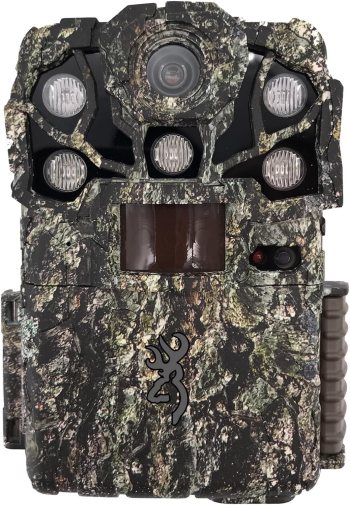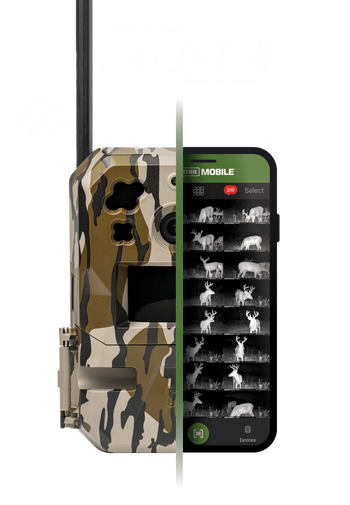- High-quality video recording
- Effective detection system
- Customizable night illumination
- Durable build quality
- Long battery life
- High-resolution imaging
- Stealthy nighttime operation
- Durable and compact design
- Moderate trigger speed
- Relatively bulky design
- Limited memory capacity
- Moderate trigger speed
Browning Recon Force Edge vs Moultrie A900i
When it comes to trail cameras, two popular options among outdoor enthusiasts and hunters are the Browning Recon Force Edge and the Moultrie A900i. Both cameras are designed to capture high-quality images and videos of wildlife in their natural habitat, but they have distinct features that set them apart.
Image Quality
The Browning Recon Force Edge boasts an impressive 20MP camera sensor, capable of capturing crystal-clear images with excellent detail and color accuracy. The camera also features a fast 0.2-second trigger speed, ensuring that you don't miss any action. In contrast, the Moultrie A900i has a 30MP camera sensor, which provides even higher resolution images. However, the trigger speed is slightly slower at 0.3 seconds.
Video Recording
Both cameras are capable of recording high-definition video, but the Browning Recon Force Edge has a slight edge (pun intended) with its ability to record up to 1080p at 60fps. The Moultrie A900i, on the other hand, can record up to 720p at 30fps. If you're looking for smoother and more detailed video footage, the Browning camera might be the better choice.
Night Vision
Trail cameras often rely on infrared or night vision capabilities to capture images at dawn, dusk, or nighttime. The Browning Recon Force Edge features a powerful infrared flash with a range of up to 80 feet, allowing for clear and concise nighttime images. The Moultrie A900i also has an infrared flash, but its range is slightly shorter at 70 feet.
Detection and Triggering
The Browning Recon Force Edge has a highly sensitive passive infrared (PIR) motion sensor that can detect movement up to 80 feet away. The camera also features a "smart" IR trigger that adjusts the sensitivity based on the environment, reducing false triggers. The Moultrie A900i has a similar PIR motion sensor, but its detection range is slightly shorter at 60 feet.
Battery Life and Durability
Both cameras are designed to be rugged and weather-resistant, with IP66 ratings for protection against dust and water. However, the Browning Recon Force Edge has a longer battery life, with up to 8 months of operation on 8 AA batteries. The Moultrie A900i requires 12 AA batteries and can run for up to 6 months.
Additional Features
The Moultrie A900i has built-in Wi-Fi connectivity, allowing you to transfer images and videos directly to your smartphone or tablet using the Moultrie Mobile app. The Browning Recon Force Edge does not have built-in Wi-Fi, but it does feature a USB port for easy image transfer.
Conclusion
In conclusion, both the Browning Recon Force Edge and the Moultrie A900i are high-quality trail cameras that can provide valuable insights into wildlife behavior and patterns. While the Browning camera excels in terms of image quality, video recording, and detection range, the Moultrie A900i offers higher resolution images and built-in Wi-Fi connectivity. Ultimately, the choice between these two trail cameras will depend on your specific needs and preferences. If you prioritize image quality and video recording, the Browning Recon Force Edge might be the better choice. However, if you want the convenience of wireless image transfer and higher resolution images, the Moultrie A900i is definitely worth considering.































